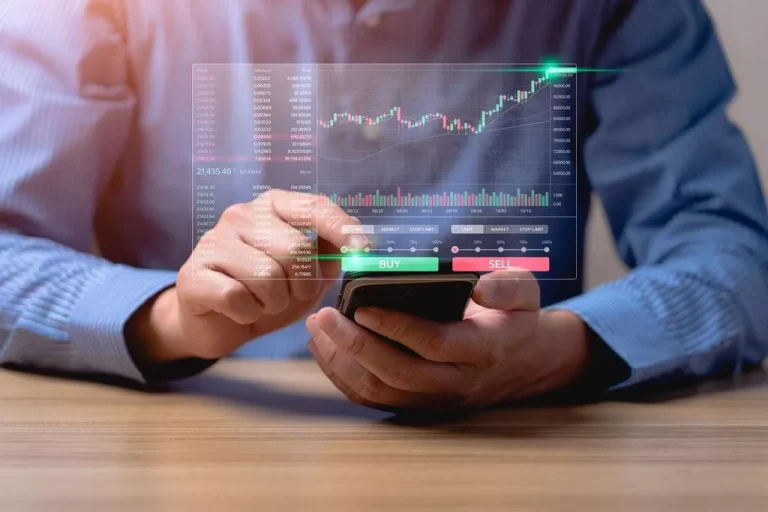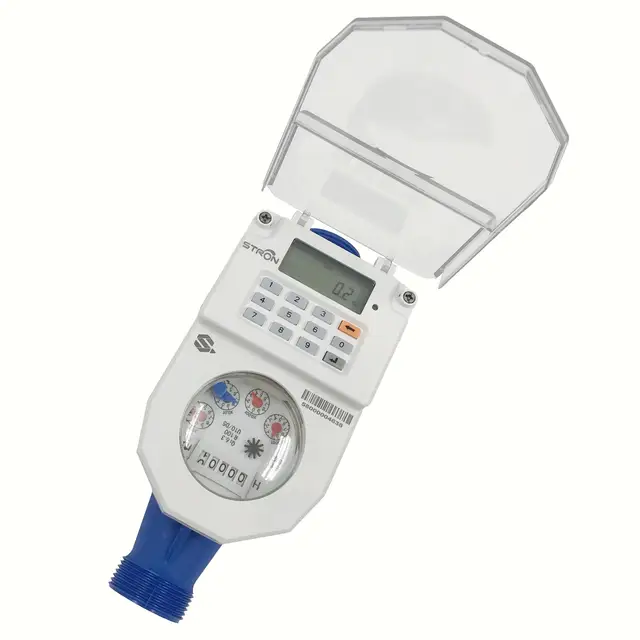Content
The higher the price, the higher the estimated value an individual or a group of individuals place on the outcome of the bet. In theory, by pulling information from every available source, estimation methods should improve and become more what are prediction markets accurate and consistent. In reality, as we’re currently learning, data manipulation brings a host of new ethical and human biases. As leaders of all varieties help everyday individuals trust and appreciate prediction markets, their use and effectiveness will only improve further. Advocates of decentralized prediction markets highlight the fact that because they can take in liquidity from anywhere, they tend to have much liquidity than their alternatives.

Prediction Market: Overview, Types, Examples
Prediction markets have existed in one form or another since the 16th century. They allow users to Cryptocurrency exchange speculate and bet on the outcome of any future event—as long as someone has set up a market for it. Implementations using random forests and supervised statistical classification follow the same approach of predicting stock movement as a binary classification problem. Fundamental analysis is built on the belief that human society needs capital to make progress and if a company operates well, it should be rewarded with additional capital and result in a surge in stock price. Fundamental analysis is widely used by fund managers as it is the most reasonable, objective and made from publicly available information like financial statement analysis.
What Are Prediction Markets? Understanding How MYRIAD Works
- A decentralized exchange (DEX) is a type of exchange that specializes in peer-to-peer transactions of cryptocurrencies and digital assets.
- Because in Setting 1 and 3, all information becomes public at some point, the market disseminates public information, but is not required to aggregate private information.
- Measuring prediction accuracy before an event occurs is fundamentally impossible.
- And this is a key reason why prediction markets struggle to attract 0DTE users, who prefer quick resolutions.
Thus, there is little incentive for people to use prediction markets as crypto exchanges and sports betting sites serve as better platforms for these activities, offering https://www.xcritical.com/ more liquidity and a better user experience. At the Hollywood Stock Exchange, traders buy and sell shares and options in movies, music, and Oscar contenders. They’re using make-believe “Hollywood dollars” but they still care enough about the outcome to make the prices in these markets pretty reliable predictors of future film profits. Now, although the traders are doing this for fun, the website is owned and run for profit.
Trading On Temporary Market Shifts
Hence, it must be assumed that the cumulative distribution function (CDF) created by interpolation approximates the true probability function that underlies the trading transactions of the participants on the market. While the probability market is the proper setup to forecast the likelihood according to which events occur, for some questions, we are not only interested in the likelihood of an event. For example, we might want to have a point estimate for the number of immigrants that will arrive in a given year.
On-chain prediction markets such as MYRIAD have rapidly gained traction in recent years. Here’s how they work.
The University of Cincinnati is leading public urban universities into a new era of innovation and impact. Our faculty, staff and students are saving lives, changing outcomes and bending the future in our city’s direction. The potential displayed by that success in forecasting the election, along with an administration friendlier to cryptocurrencies, could lead to greater adoption for them, a University of Cincinnati economist said.
Additionally, we will rely on standard measures based on the mean average error (MAE). We limited the prediction market to migration movements to four destination countries and three topics in 2020. The destination countries comprise Germany, Spain, Switzerland, and the UK. The first two being continuing EU countries, Germany known as a classic immigration country, and Spain a (still) newer immigration country. Switzerland represents a non-EU, but Schengen case and the UK a country in transition from EU to a non-EU country outside the Schengen area. The topics of the markets are for each country the number of foreign immigrations in 2020 and the number of first-time asylum applications in 2020.

For instance, can we predict Middle East politics based on the price of oil futures? Or predict the consequences of climate change based on the price of flood insurance in coastal cities? Of course, prices in these examples are imperfect predictors as there are many factors that influence the price.

Moreover, prediction markets function similarly to conventional financial tools by providing mechanisms to hedge against unexpected events. For example, a pizza shop owner in NYC concerned about a potential snowstorm could bet on heavy snowfall in a prediction market. This bet would act as a financial safety net (hedging instrument), compensating for any losses incurred due to the storm.
Market prices, in the form of gambling odds, have been used to forecast events since at least the beginning of the sixteenth century. The use of such prices had a heyday in the early twentieth century, when gambling odds on elections were printed daily in newspapers such as The New York Times. This was followed by a decline in popularity, due largely to the advent of scienti c polling (Rhode and Strumpf, 2004, 2008). Scientific interest in market prices as tools for forecasting was kindled in the second half of the twentieth century by the efficient markets hypothesis and experimental economics (Plott and Sunder, 1982, 1988; Berg et al., 2008).
Research supports this notion, indicating that markets involving real money tend to produce more accurate predictions. Because making reliable predictions is a key objective in science, prediction markets offer potential benefits to scientific research [10], [11]. Dissemination and aggregation properties of markets might be valuable because knowledge in scientific research is often highly decentralized.
Publishing of information in the context of scientific research is a much more complex process than the one studied in our experiments. Therefore, further theoretical and empirical investigations will be required to study whether potential trading and publishing strategies are incentive-compatible under more realistic conditions. Our results can at best point to the potential benefits that might arise from combining publishing and trading. Despite their potential benefits, however, prediction markets on scientific issues are currently rare. Aside from regulatory problems that have been outlined recently [5], [31], this might be due to problems specific to the practice of science.
In Setting 3, participants received private information that was subsequently made public. In contrast to Setting 1, but similar to Setting 2, there was a clear positive relationship between net profits and having an information advantage. Thus, the markets in Setting 3 combined the advantages of the two other Settings. Markets gave good forecasts about the probabilities of the hypotheses, while at the same time allowing participants to profit from information advantages.
Before long, the idea migrated out of academia and became a business model. In the last several decades a number of companies have ventured into this space with various offerings. WOC and EMH are parallel ideas, and since EMH comes along with decades of experience and a ton of technology and design knowledge about how to put together a well-functioning market, the next step is obvious. Which is apparently much needed – as traditional polling methods seem to be breaking down. In January 2022, Polymarket was issued a cease and desist order by the CFTC.
The results show that the prediction market might have the potential to improve the forecasting of migration movements. However, we also discuss its limitations and potential avenues for future application and assessment of this method. With these factors in mind, Wolfers and Zitzewitz examine the data compiled from analyses of the University of Iowa’s Iowa Electronic Market, which has offered trade on presidential election contracts since 1988.








